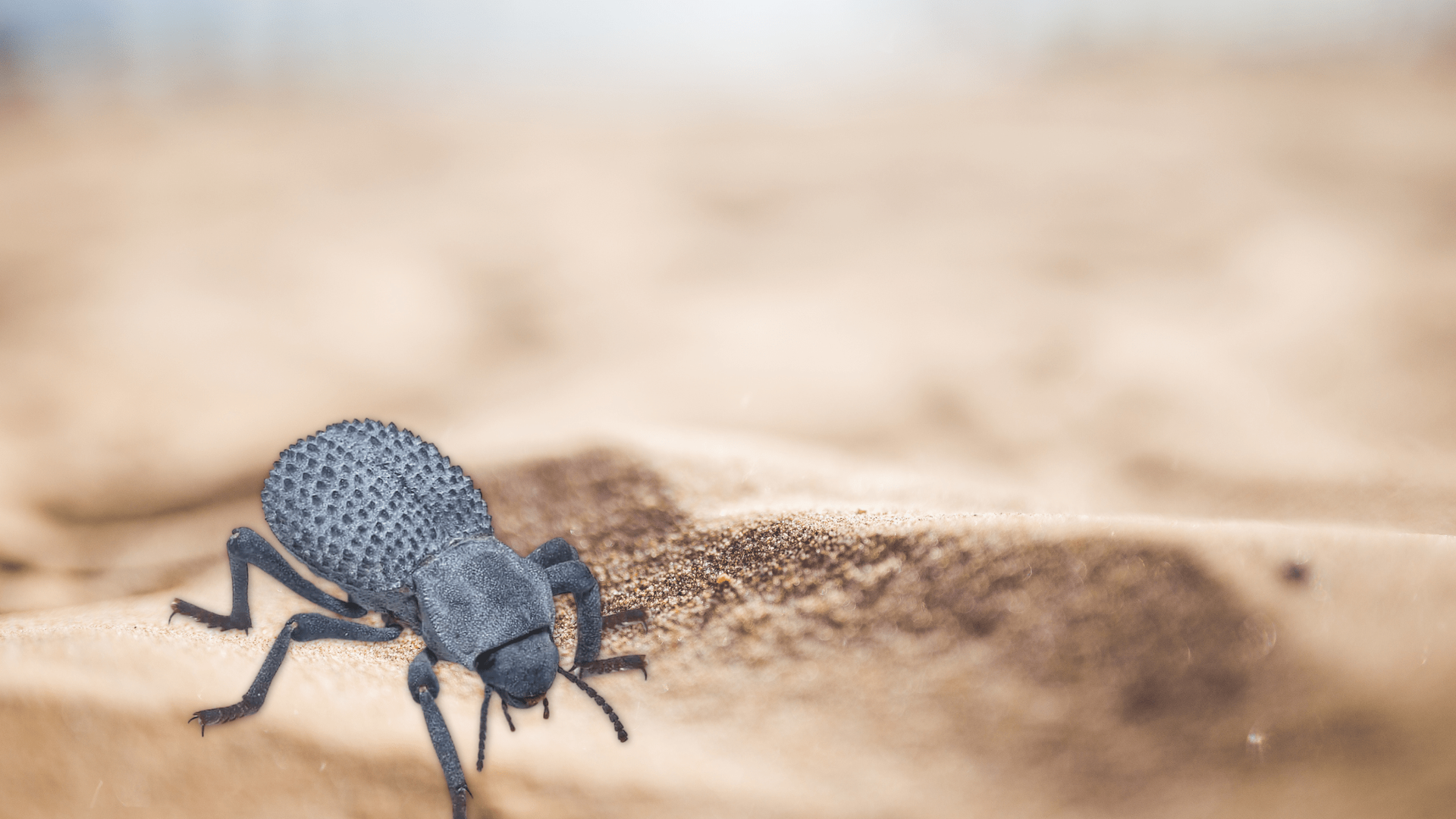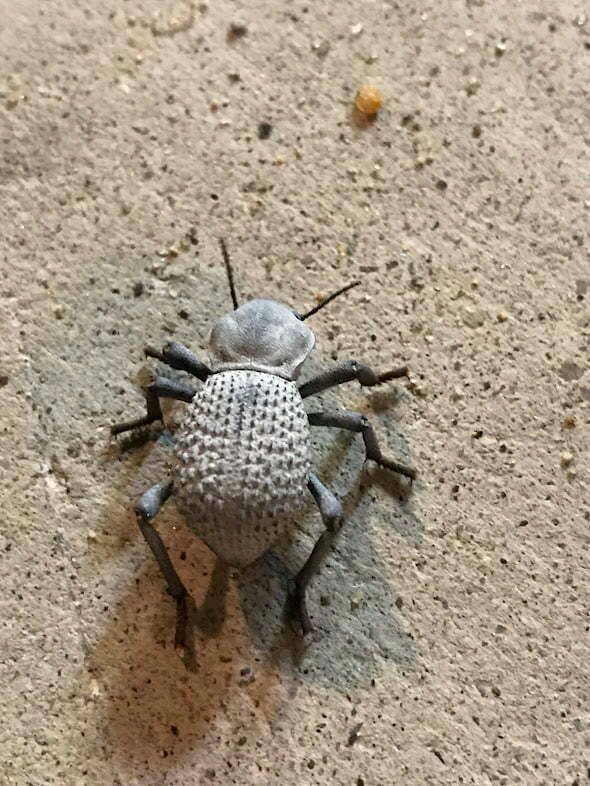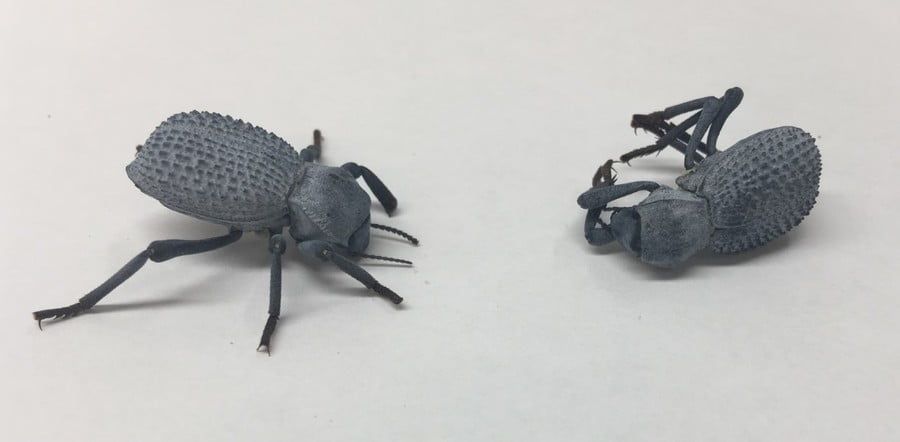The Asbolus Verrucosus: A Fascinating Beetle Found in Borrego Springs, California
Share

Meet the Resilient Asbolus verrucosus: The Wart-Necked Ironclad Beetle of Borrego Springs
The Asbolus verrucosus, also known as the wart-necked ironclad beetle, is a species of beetle found in the desert regions of the southwestern United States, including Borrego Springs, California. These insects are known for their hard, armored exoskeletons, which protect them from predators and the harsh desert environment.
Asbolus verrucosus beetles are small, typically measuring only about 1.5 centimeters in length. They are dark brown or black in color, with distinctive warty projections on their necks. These projections, which give the beetles their common name, are used for defense and territorial behavior.
In addition to their hard exoskeletons, Asbolus verrucosus beetles have a number of other adaptations that allow them to thrive in the desert. They are able to store water in their bodies and can go for long periods of time without access to water. They are also able to regulate their body temperatures, allowing them to remain active during the hottest parts of the day.
Asbolus verrucosus beetles can be found in a variety of desert habitats, including sandy washes and rocky outcrops. They are active during the warmer months of the year and are often seen on the ground or on plants.
Are ironclad beetles harmful?

Ironclad beetles, also known as Asbolus verrucosus, are not harmful to humans. These insects are not venomous and do not sting or bite. They are not known to transmit diseases or parasites to humans or other animals.
Ironclad beetles are actually considered beneficial to the ecosystem, as they help to decompose organic matter and recycle nutrients back into the soil. They are an important food source for a variety of animals, including birds, rodents, and other insects.
While ironclad beetles are not harmful to humans, it is important to respect their natural habitat and not disturb or harm them. Like all species, they play an important role in the ecosystem and should be protected. If you encounter ironclad beetles or any other species in the wild, it is best to observe them from a distance and not interfere with their behavior.
What is special about the ironclad beetle?
This beetle is known for having one of the strongest and most crush-resistant exoskeletons in the animal kingdom, and it can even survive being run over by a car. This unique adaptation allows the diabolical ironclad beetle to thrive in harsh desert environments and protect itself from predators. Despite its small size, the diabolical ironclad beetle is a formidable creature that is well-equipped to survive in its rugged habitat..
One of the most interesting characteristics of ironclad beetles is their ability to survive in extreme desert conditions. These insects are able to store water in their bodies and can go for long periods of time without access to water. They are also able to regulate their body temperatures, allowing them to remain active during the hottest parts of the day.
Oscar-worthy performances when fooling predators.
Cincinnati Zoo is the first on record to breed the blue feigning-death beetle
This bug can play dead for up to 45 minutes. Learn more: https://www.wcpo.com/news/insider/cincinnati-zoo-is-the-first-on-record-to-breed-the-blue-feigning-death-beetle

In addition to their unique physical adaptations, ironclad beetles are an important part of the ecosystem, helping to decompose organic matter and recycle nutrients back into the soil. They are also an important food source for a variety of animals, including birds, rodents, and other insects. Overall, ironclad beetles are a fascinating and important species in the desert ecosystem.
Ironclad beetles are also notable for their distinctive warty projections on their necks, which are used for defense and territorial behavior. These projections give the beetles their common name, “ironclad.”









